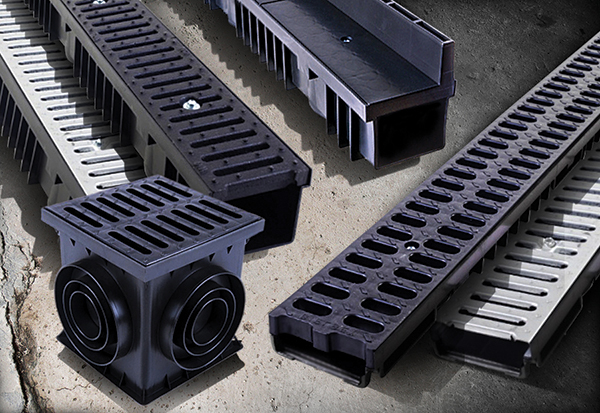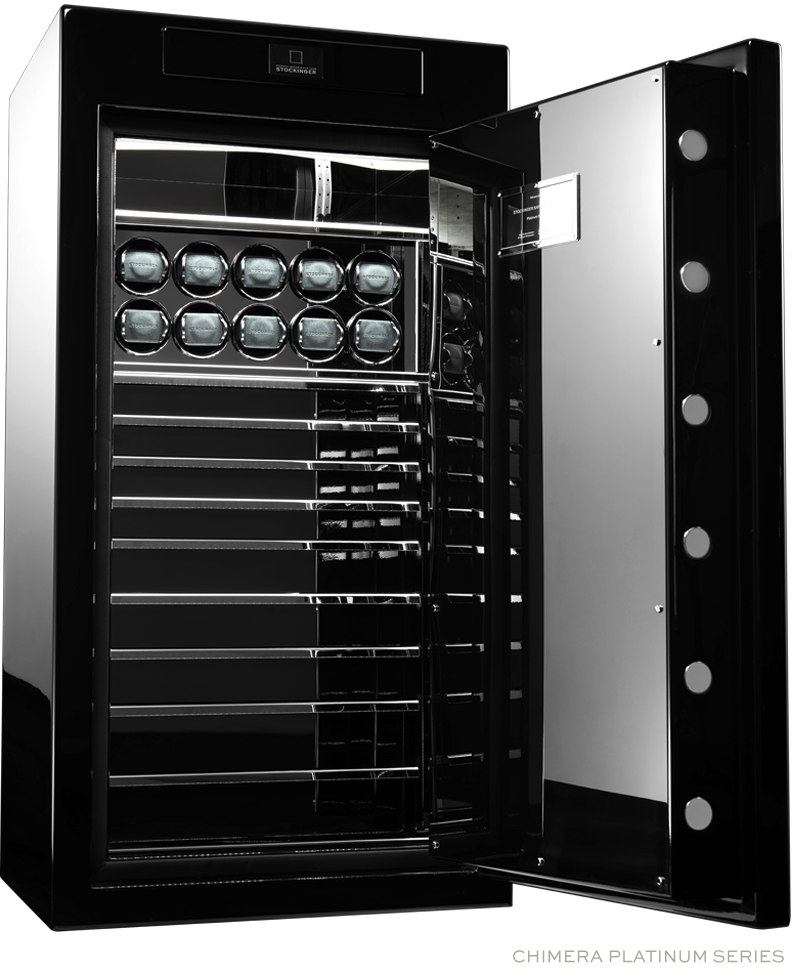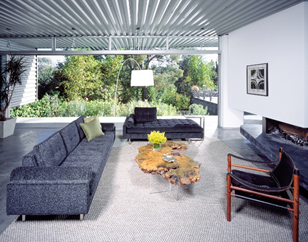Timber, in the words of the UK’s Timber Trade Federation, is ‘one of the most flexible, structurally strong and aesthetic materials available and sits at the centre of the built environment and has the lowest embodied carbon of any commercially available building material’.
An increasingly popular use of timber has been its specification as a decking solution for a variety of commercial projects.
Timber decking has a long history and is being increasingly specified in the UK as a means of extending the living area, via conservatories and summer houses, to the garden. It is also selected for a variety of other uses including outdoor dining, balconies and roof terraces, boardwalks, jetties, pontoons, and linking areas within schools and university grounds.
Timber decking is categorised into four main types: softwood, hardwood, modified timber and composite, with each having differing performance characteristics.
- Softwood is available in a number of varieties. European Redwood is the timber of choice for decking products due to its appearance and strength, as well as its ability to absorb preservative treatments to increase its durability.
- Hardwood is from trees such as oak, cherry and teak and originates from areas such as northern Europe, Africa, South America and Asia. When selected for decking, hardwood is resistance to decay and wood-rotting fungi which makes it an extremely durable choice.
- Modified timber involves the cell structure being modified via heat or chemical treatment to improve durability which makes it more stable and resistant to decay. Modified timbers cannot be structurally graded so care is needed when specifying for certain areas such as balconies.
- Composite decking is an innovative material that imitates timber decking and has been used in the UK for about 10 years. It is constructed by mixing wood fibres and polyurethane, or by coating wood fibres with a polymer. It is available in a wide range of colours.
Timber decking, like many materials, is subject to legislative scrutiny covering its deployment, manufacture and structural use. Mindful of Part M of the Building Regulations covering access to buildings as well as the Disabled Discrimination Act (DDA), timber decking can play a role in delivering inclusivity for a construction project. Anti-slip decking boards make ideal ramp providers, while inserts can also be inserted into deck boards to provide a safe walking surface.
Eurocode 5 is the suite of standards specifically relating to timber structures and looks at distributed and concentrated loads of timber decking, Marley Eternit worked closely with TRADA to confirm their span tables based on the Eurocode, these span tables assume the boards are graded to either C16 or C24 and in accordance with the Construction Products Directive will be CE marked. Other important regulations include BS EN 350, which is used to classify the natural durability of timber. The preservative treatments applied to softwoods are regulated by BS 8417 which covers treatment classifications depending on the end use of the timber. The relevant classifications applied to decking are Use Class 3 and Use Class 4 which look at exposure to weather, as well as ground contact. Product accreditation from the Wood Protection Association will provide independent reassurance concerning the veracity of the product’s treatment.
Finally, standards BS 4978, BS EN 14081 and BS5756 oversee the grading of timber boards and joists used on timber decking. Graded by inspection of knots, wane, or slope of grain which could indicate weakness in the wood, both soft and hardwood products adhering to the above standards should be specified.
From an appearance perspective, as a natural product, timber used for decking is subject to weathering over a period of time depending on sun exposure. Oils and stains can offer some protection against the weathering process, but will require maintenance.
Like many natural products, timber decks, without any additional anti-slip features, can quickly become slippery, and a real hazard. A product that meets or even exceeds the HSL’s anti-slip testing guidelines should be considered at the design stage.
Anti-slip inserts can be added to timber decking to improve grip, even in wet conditions. Areas of steep descent, bridges or areas of heavy footfall can also benefit from additional anti-slip inserts for further protection.
Market leading anti-slip products JB Citideck and JB Antislip Plus, which are part of Marley Eternit’s range of high quality timber decking products, have been independently tested by the Health and Safety Laboratory and achieve a low potential for slip.
Timber decking offers an aesthetically pleasing, long-lasting, safe and sustainable solution for a variety of projects.






